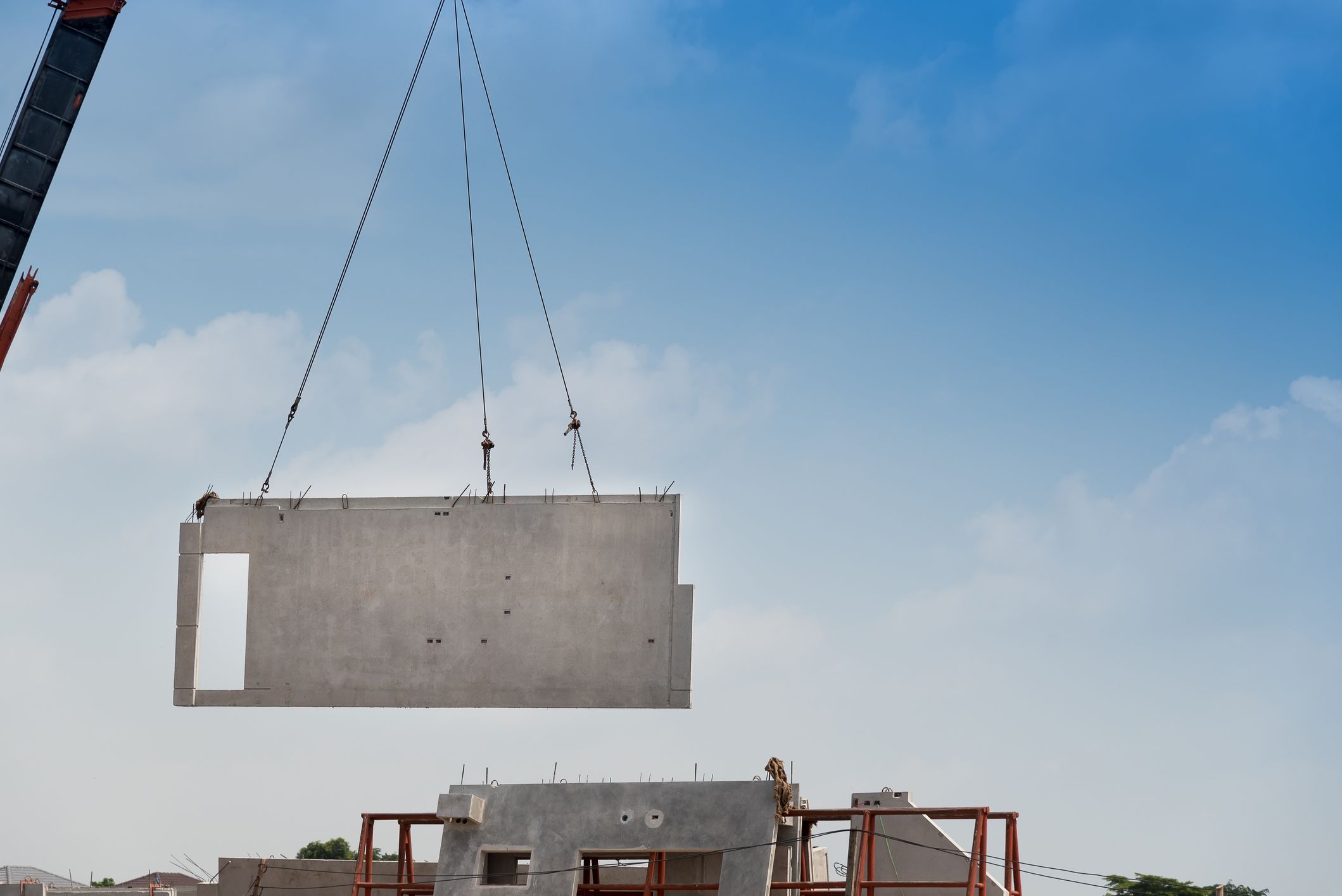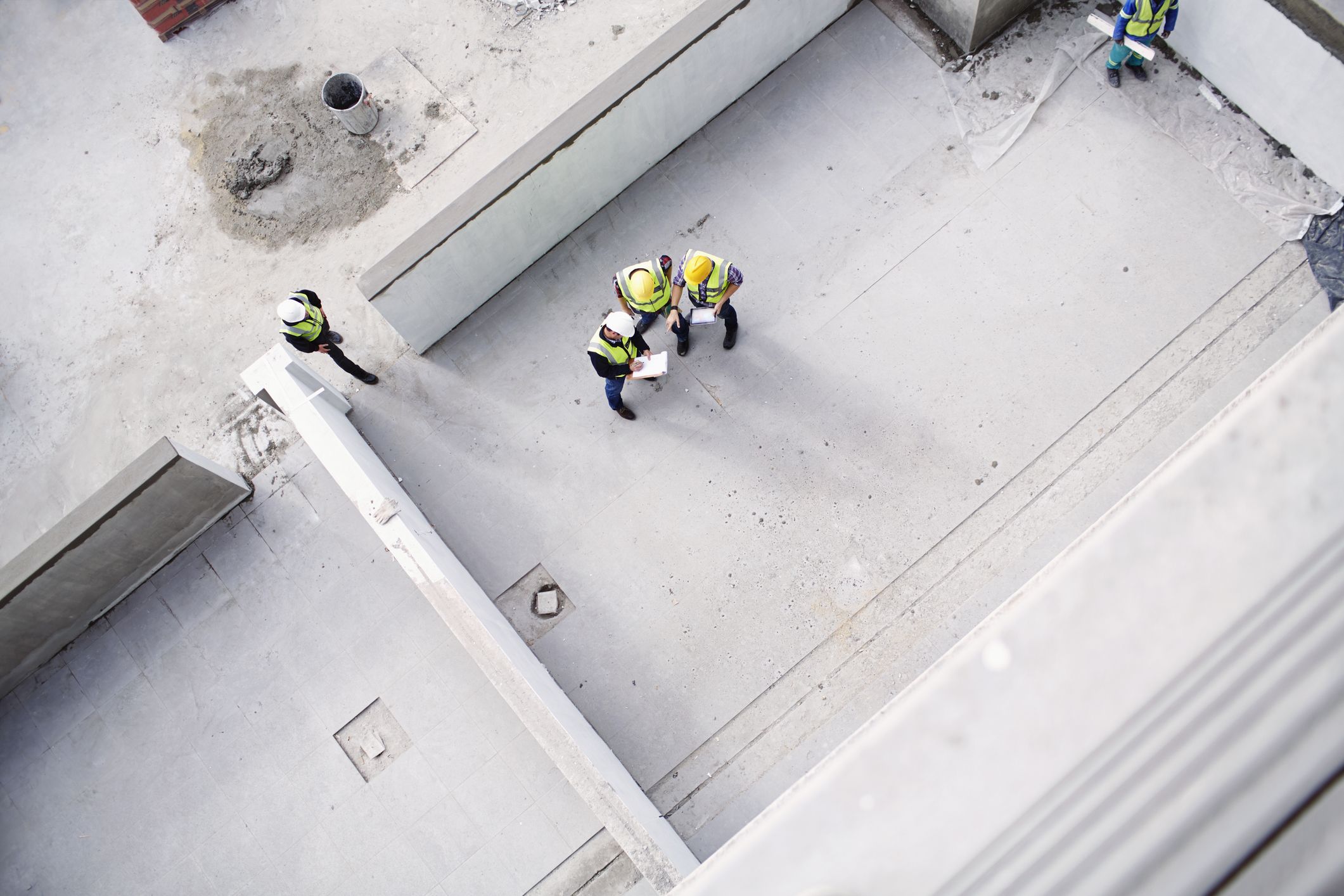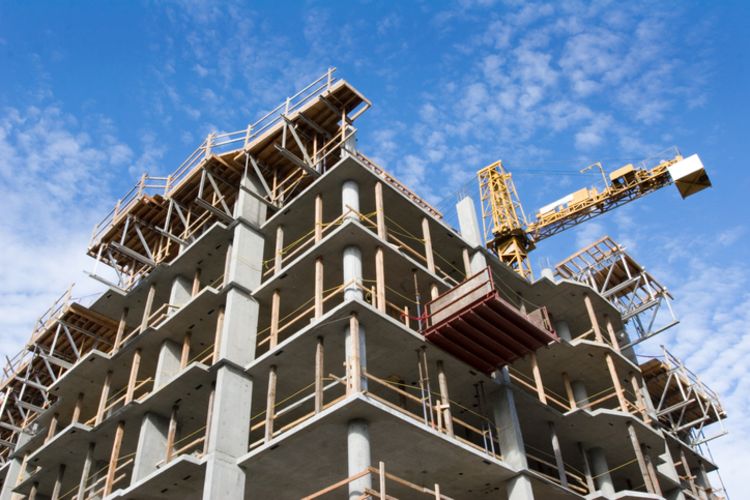Re-usable net-zero carbon structures


Offsite construction means the cement-free concrete ‘Cemfree’ – developed by project partner DB Group – used in the cassettes has time and optimal conditions to gain strength. But the carbon savings are not just in the concrete; they have been considered in every aspect of the design. Structural beams are made from recycled steel from project partners Hare, and the building system uses 15-20% less steel compared with traditional construction. The cassettes are demountable with the potential for re-use, and the weight of the structural frame is 10% less.
“A lighter building also means you can have lighter foundations, which further reduces the amount of material required in a building’s construction,” says Pike. “Current building standards often result in a level of ‘over engineering’ – catering for loads way beyond what’s required. So, the project used sensors to collect data about how these materials behave and demonstrate how they can reduce the amount of material used without compromising safety.”
In addition, prefabrication of the cassettes has benefits for labour and logistics: 80% of the work can be done offsite and deliveries to site are reduced by 40%. “We are now looking at ways to incorporate things like pipework,” says Pike. “As well as reducing the emissions from transportation and reducing waste, it can help improve time and cost efficiency.”

“A large part of a building’s emissions come from the use of cement in concrete. Although there are low-carbon concretes available, there are challenges around using them if you’re building in a traditional way.”

Changing attitudes within the construction industry will play a key role in the transition towards sustainable alternatives. The project aims to tackle any industry hesitance with extensive data gathered through a full factory trial and construction of a two-storey building using the cassettes, which was subject to extensive testing by the Department of Civil, Environmental and Geomatic Engineering at University College London. “We made the mock-up building far more complicated than was initially planned within the scope of the project because we wanted to test as many different scenarios as possible. We also incorporated live design feedback from potential future clients.”

Mace is already including the cassettes in tenders and the first building project to use them will commence in late 2022. The next step is to start full-scale UK production. “Pre-cast construction is very popular in Europe and there is the potential to increase its growth in the UK, too,” says Pike. “This project has taken away the risk for clients of testing these materials on site, and demonstrated that not only can they construct a building with a lower carbon footprint, but they can do it faster and even, perhaps, more cost-effectively.”
